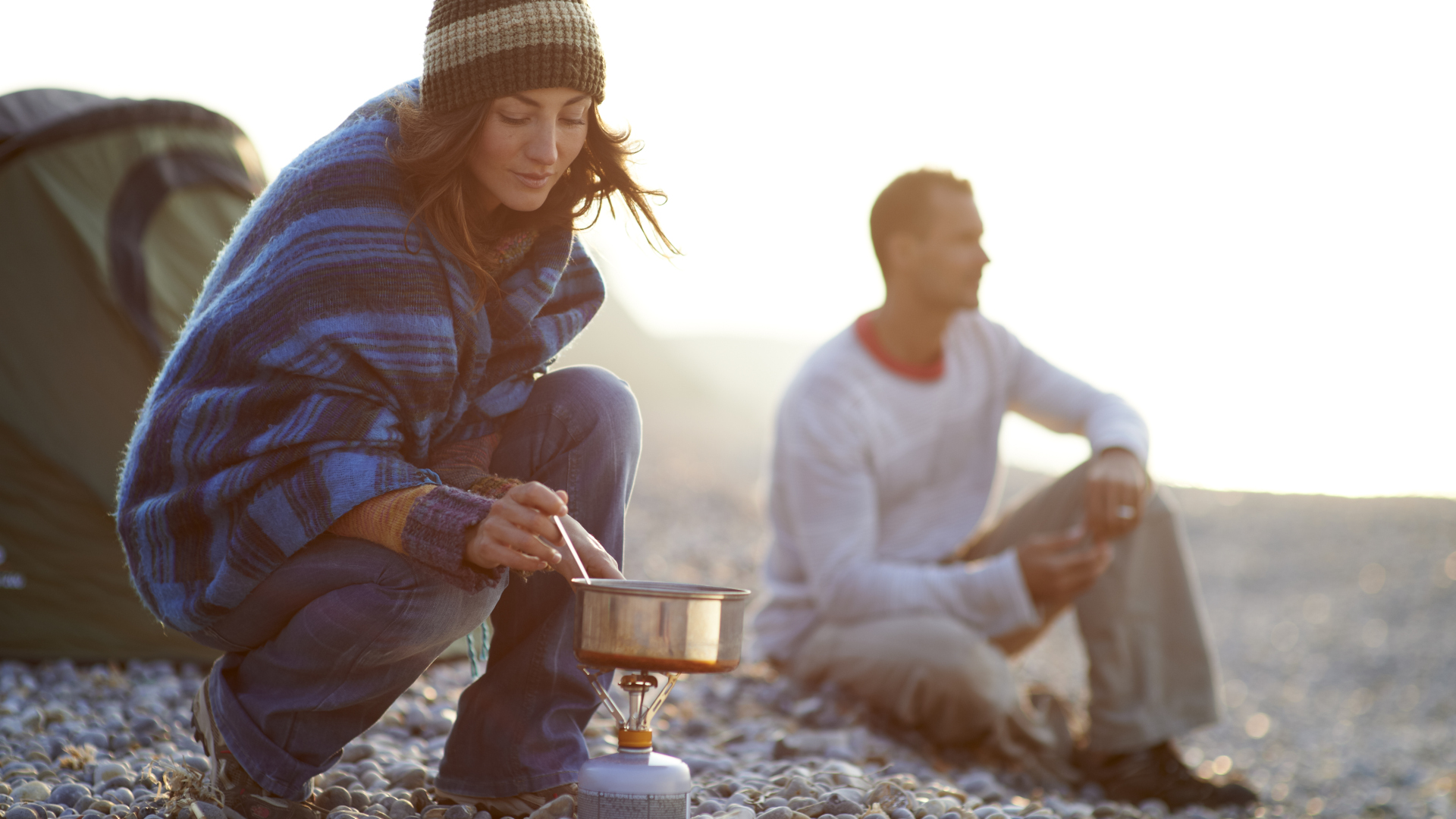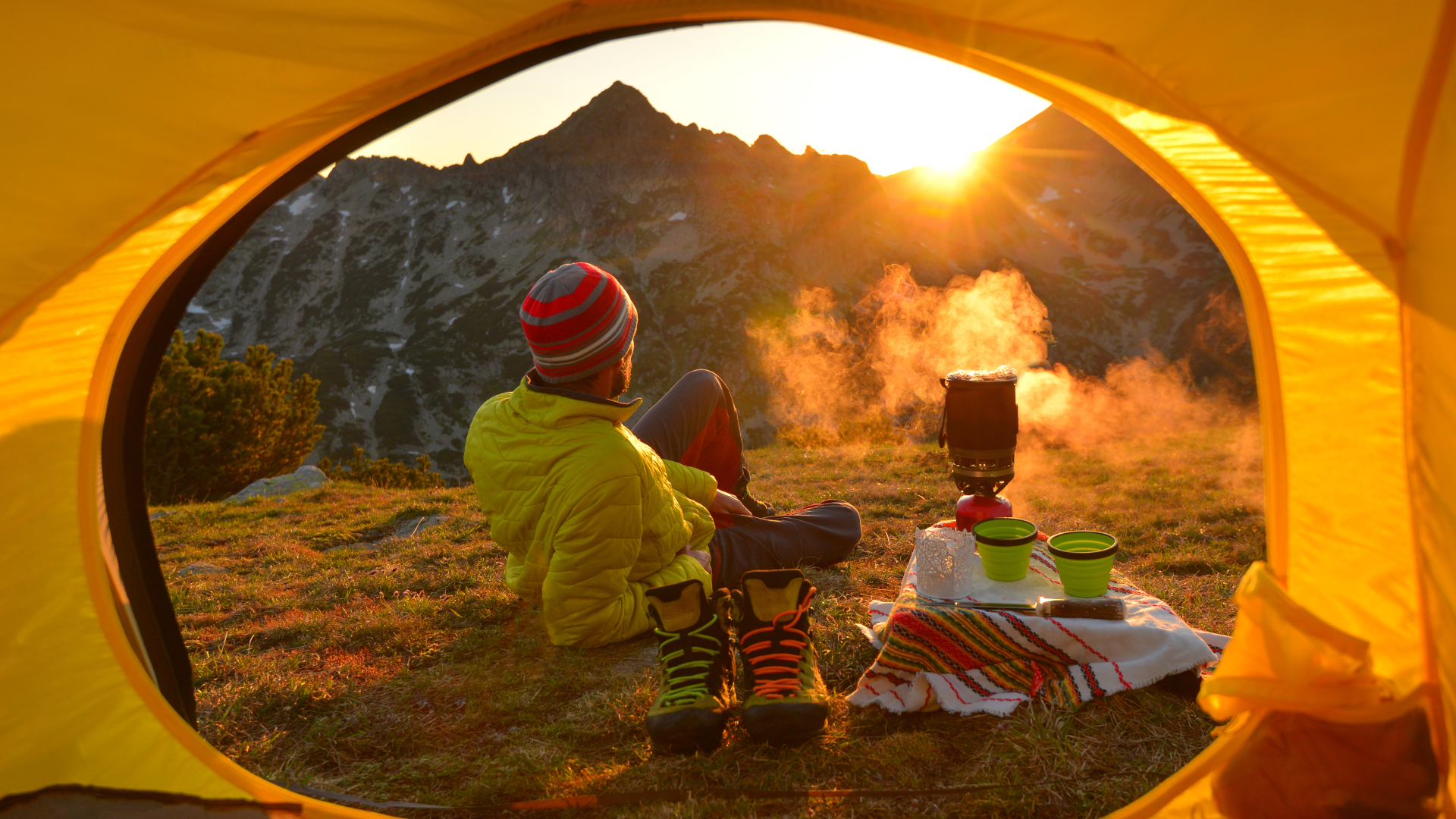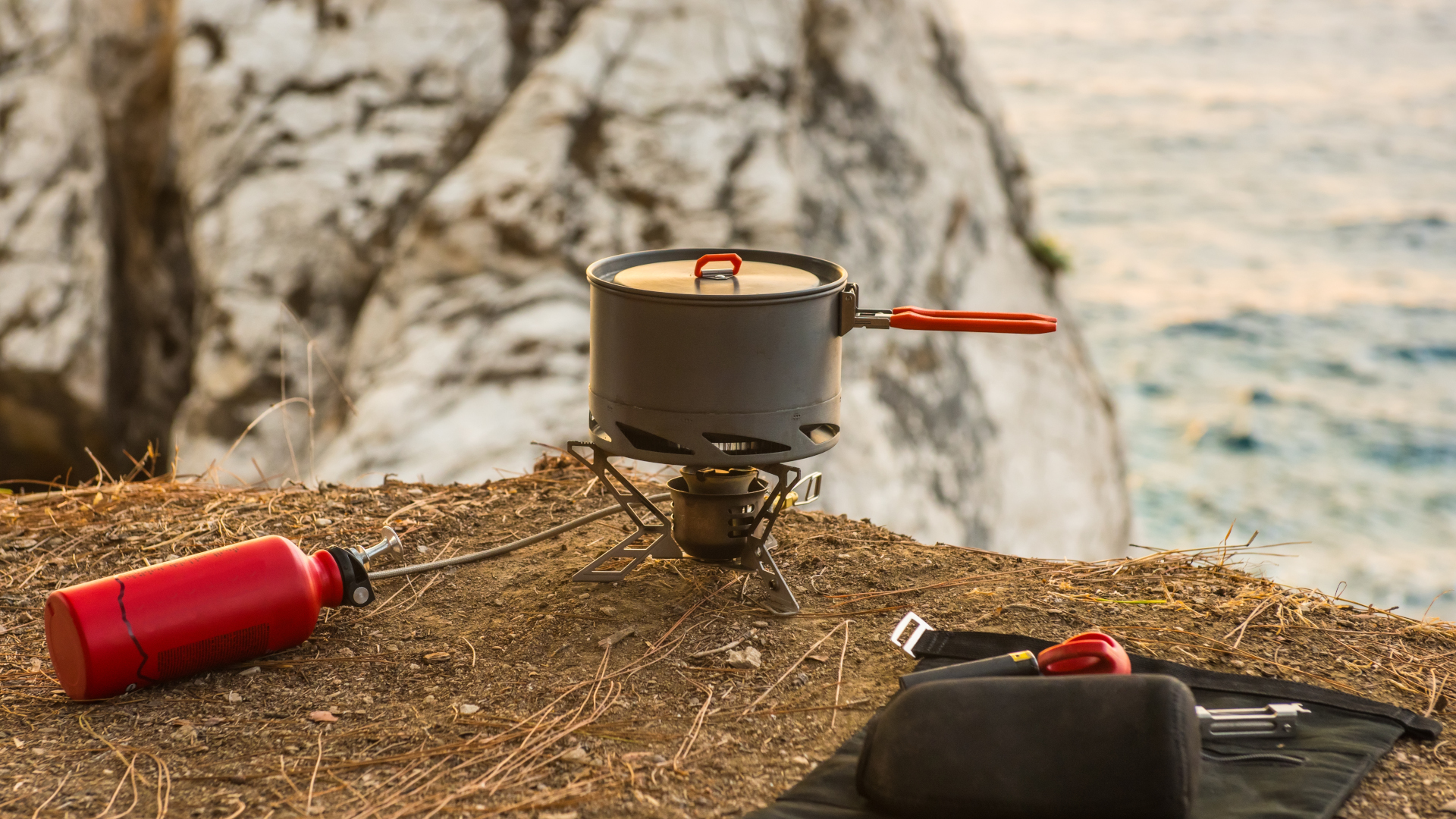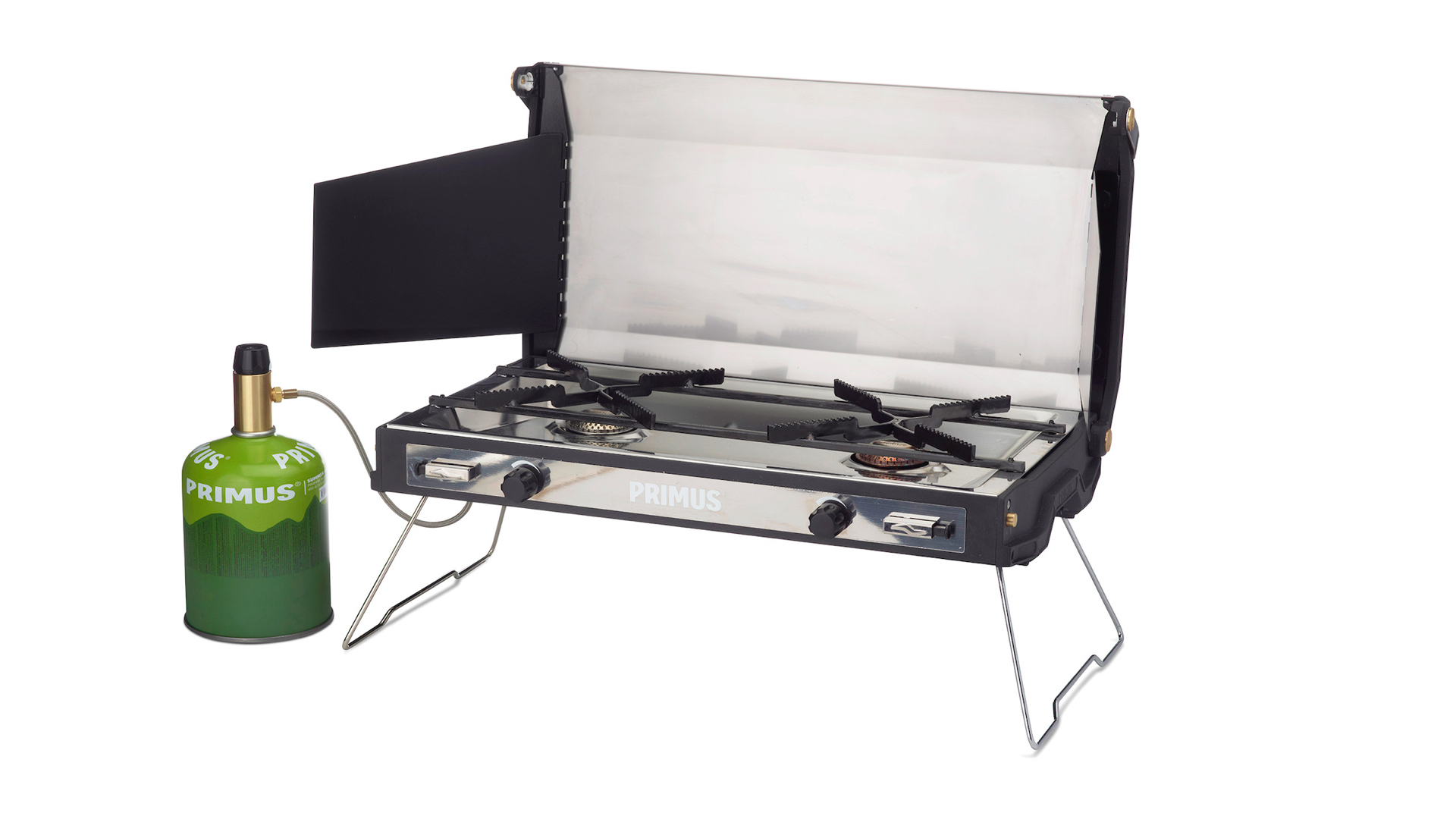Types of camping stove: for backpacking and car camping
We break down the different types of camping stove including the pros and cons of each to help you figure out what you need for cooking up a storm

No matter what type of camping you’re doing, there’s nothing quite like whipping up a hot, delicious meal out in the open and enjoying it as the sun disappears behind the horizon. But with so many different types of camping stove available these days, it can be hard to know just what you need for your adventures. Do you always want the smallest, lightest option, or can you spare a little extra weight for gourmet meals? We break down the different types of camping stove including the pros and cons of each to help you figure out what you need for cooking up a storm.
Backpacking stoves

The first main type of camping stoves are those intended for backpacking. There are actually two subcategories of backpacking stoves, but in general these will all be the smallest and most compact stoves on the market. This doesn’t mean that you can’t use them when you’re car camping, but their functionality will certainly be more limited and you’re not likely to be able to cook large quantities of food with them very easily.
• Canister stoves

Canister stoves are generally favored by backpackers due to their extremely light weight and sleek design as well as ease of use. Basically, the stove screws directly into a small canister that contains compressed fuel such as butane and propane and you’re ready to go. These stoves are ideal for cooking simple food such as oatmeal and instant meals that you add to boiling water in a small pot. The downsides of these stoves are that they don’t work as well in cold weather and while the fuel canisters are recyclable, they’re not reusable.
• Liquid fuel stoves

Liquid fuel stoves have a line that screws into a reusable canister containing liquid fuel such as white gas or kerosene. As a result, these stoves are a bit less compact and heavier than a canister stove and you have to prime them by pumping the fuel bottle to get them to work. Despite their added weight, there are quite a few advantages of this type of stove. They work better at high altitudes and cold temperatures, give you better temperature control and they are better for cooking for a group than canister stoves. They also usually work with different types of fuel, which makes them more adaptable if you’re travelling.
Double burner camping stoves

If you’re going car camping, or even just looking for a stove for a day at the beach, you don’t have to worry about size and weight, and you may want to look into a double burner stove. These stoves look like portable barbecue grills and they typically are made from stainless steel and usually run on propane. The major benefit of a double burner stove is that it allows you to have two pots or frying pans on the go, side by side, so you can cook more extravagant dishes for more people. When you’re finished, you just fold it up and use the carrying handle to take it back to the car.
Wood burning camping stoves

One other type of camping stove is an emerging style that actually comes in both backpacking and car camping versions and is the wood burning stove. These stoves use natural materials like twigs and leaves so you don’t have to purchase fuel (although they can also run on wood pellets or charcoal briquettes) and they allow you to get a taste of what it’s like to cook over an open fire with much more control and ease. They’re surprisingly easy to use and if you’re camping anywhere that you can’t have an open fire, you may still be able use your stove. The only downside would be that, just like with campfires, you may have difficulty finding dry kindling if you’re camping in the rain.
All the latest inspiration, tips and guides to help you plan your next Advnture!
Julia Clarke is a staff writer for Advnture.com and the author of the book Restorative Yoga for Beginners. She loves to explore mountains on foot, bike, skis and belay and then recover on the the yoga mat. Julia graduated with a degree in journalism in 2004 and spent eight years working as a radio presenter in Kansas City, Vermont, Boston and New York City before discovering the joys of the Rocky Mountains. She then detoured west to Colorado and enjoyed 11 years teaching yoga in Vail before returning to her hometown of Glasgow, Scotland in 2020 to focus on family and writing.

